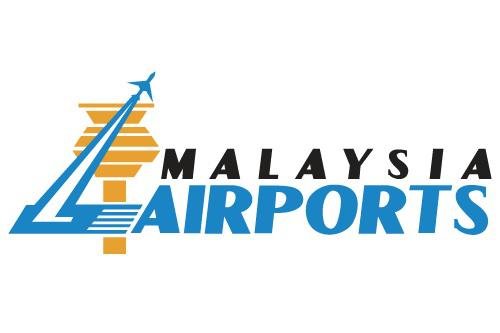International Airports to Rise to World-Class Standards through the ASQ Benchmarking Programme

Sepang (21st February) – Malaysia Airports today announced that it will be putting all international airports under its management through the Airport Service Quality (ASQ) Benchmarking programme run by Airports Council International (ACI), an organisation that represents airports around the world. ASQ is the world-renowned and globally established global benchmarking programme measuring passengers’ satisfaction whilst they are travelling through an airport.
Malaysia Airports group chief executive officer (GCEO) Raja Azmi Raja Nazuddin made this announcement during the airport operator’s launch of the Leaders Airport Adoption Programme (LEAP). According to Raja Azmi, “We are doing this to ensure that service levels at all our international airports are measured according to global standards. Currently, only the flagship airport, KL International Airport (KLIA), and Langkawi International Airport go through the programme. As we can see from last year’s data, we are seeing a significant rise of nearly 15% in international traffic movements at airports other than KLIA. So, it is clear that these airports also serve as important gateways to the nation and will help create lasting impressions of the country. We are also ensuring readiness of our airports in meeting the Quality of Service (QoS) framework targets by MAVCOM. Although MAVCOM is only measuring both terminals in KLIA for QoS now, there are plans to implement QoS at Kota Kinabalu and Penang International Airports and Subang Airport by the end of this year. Notwithstanding, we are striving to make all our international and domestic airports QoS-ready by 2020.”
“Raising service quality at our other airports is also important from the standpoint of improving connectivity and positioning Malaysia as an aviation hub. Some of our airports are located at destinations with so much to offer in terms of tourism potential. Miri Airport for instance, is already recording about 96,000 international traffic movements, a 34% rise from 2017. Tawau Airport is also another that could have huge potential. We are intensifying our collaboration efforts with the relevant tourism bodies to promote these destinations and attracting foreign airlines to start direct services to these destinations,” he added.
He also explained that LEAP is a programme that will help the airports prepare to meet this eventuality. Through this programme, airport managers will have greater mentoring and coaching access to the more experienced senior leadership team in order to equip themselves with the required knowledge and skills to uplift standards at their respective airports.


